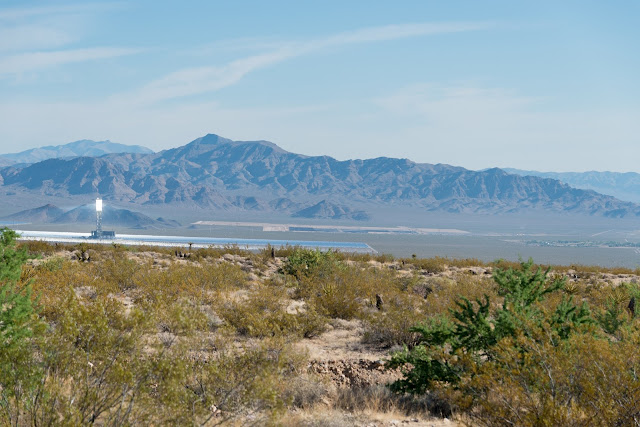Fight Back Against Potential Cuts to Mojave Trails National Monument

Although Secretary of Interior Ryan Zinke's report to the President recommending significant cuts to a "handful" of national monuments remains secret, many people that appreciate desert wildlands are concerned that Mojave Trails National Monument is on the list. That is because Congressman Paul Cook encouraged Zinke in June to remove protections from swaths of Mojave Trails to accommodate the Cadiz company's plans to pump 16 billion gallons of water a year and sell it to an Orange County water district. The Cadiz company owns a parcel of private land surrounded by the monument. The proposal to cut the monument would open up a pathway for the company to build a pipeline to transport the water out of the desert; a plan hydrologists are concerned could dry up natural springs across a large portion of the Mojave. If you are a California resident , please take a stand against this potential cut to Mojave Trails and follow this link to urge your state representati...





